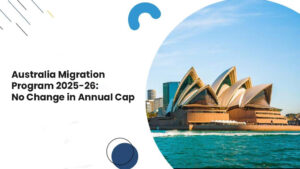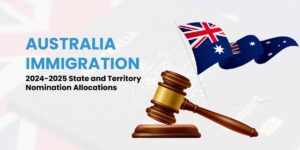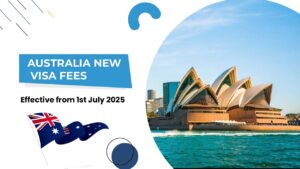Understanding the partner visa sponsorship limitations is crucial for couples planning to lodge a visa application in Australia. These limitations define the eligibility criteria and requirements that may apply to your case
These limitations are designed to regulate the number of times an individual can sponsor a partner for certain visa categories.
List of Partner Visa Sponsorship Limitations
In this blog, we will provide an overview of partner visa sponsorship limitations and explain how they may impact your visa application.
1. Maximum Number of Sponsorships:
As a couple, it’s important to note that there is a maximum limit on the number of times an individual can sponsor a spouse, de facto partner, prospective spouse (fiancé), or interdependent partner for a visa in Australia. Each person can enter into a maximum of two approved sponsorships in these visa categories.
2. Five-Year Sponsorship Restriction:
After sponsoring or being sponsored as a spouse, de facto partner, fiancé, or interdependent partner, there is a Five-Year Sponsorship Restriction before another sponsorship can be approved under these visa categories. This means that if you have previously sponsored or been sponsored, you must wait for at least five years from the date of the first visa application before sponsoring or being sponsored again.
3. Applicability:
These sponsorship limitations apply to various visa applications for couples in Australia. Whether you’re applying for a Prospective Marriage visa (300), Onshore Partner visa (820) or Offshore Partner visa (309), these limitations may come into play. It’s important to be aware of the specific visa category you are applying for and the associated limitations.
4. Considering Previous Sponsorships and Nominations:
When assessing sponsorship eligibility, previous sponsorships and nominations play a role. It’s important to understand that only previous grants of visas, not refused visa applications, are counted towards the limitations.
For example, if a visa was granted, even if the applicant did not travel to Australia, it counts as a sponsorship. On the other hand, if a visa application was refused, it does not count as a sponsorship.
5. Calculation of the Five-Year Period:
If you or your partner have previously sponsored or been sponsored, the five-year period is calculated from the date of the original visa application to the decision date of the current sponsorship. This means that you must count five years from the time the first visa application was made before being eligible to sponsor or be sponsored again.
6. The Waiver Provision – Compelling Circumstances:
In some cases, there may be compelling circumstances that allow for a waiver of the sponsorship limitations. Compelling circumstances refer to exceptional situations that affect the interests of the sponsor.
Examples of compelling circumstances include having a dependent child who is dependent on both partners, the death of a previous partner, or the abandonment of the sponsor by a previous spouse with dependent children requiring care and support. Each case is assessed individually, and a decision is made based on the specific circumstances.







